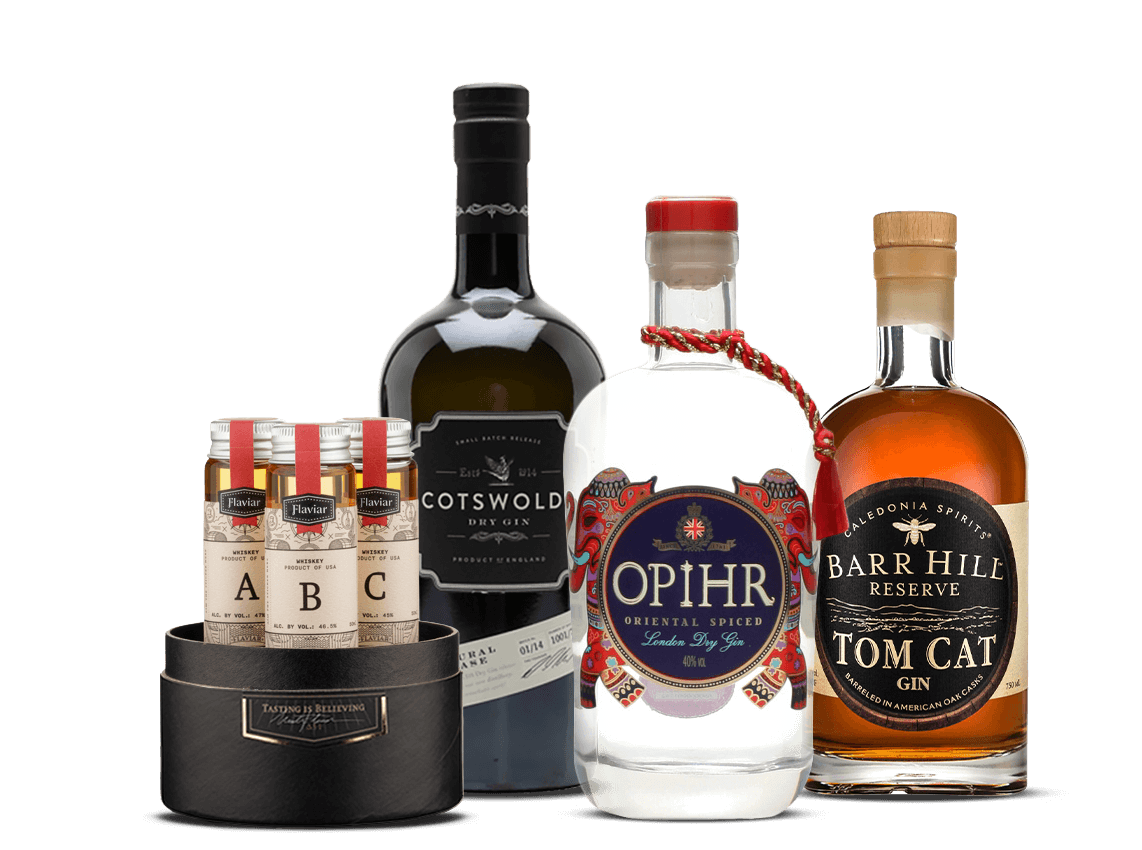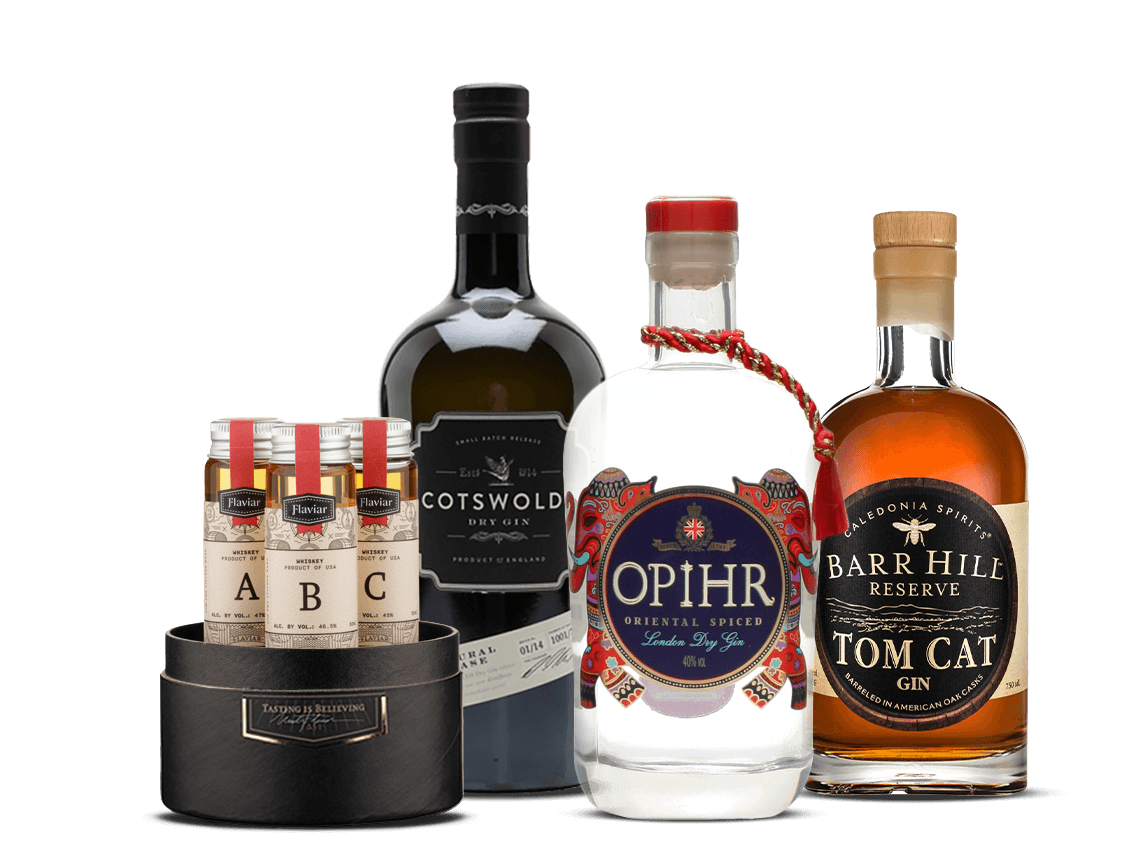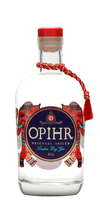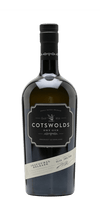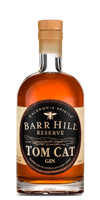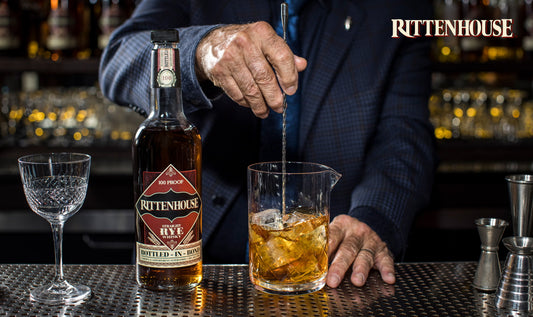Special Price
Gin-ne-sais-quoi
Gin-ne-sais-quoi
Regular price
$46.99
Members' price
$42.29
(−10%)
Register for free and get 10% off Tasting Box purchases.
Already a Member?
Sign in to purchase.
Quantity
View full details
Couldn't load pickup availability
- CategoryGin
Once you find it, you will know.
Gin is special. It has that certain aromatic Gin-ne-sais-quoi that makes it unique. Once dubbed the Mother’s Ruin, the Spirit has made a fantastic comeback.
But its popularity is no coincidence. Gin is prospering due to its newfound diversity and excellence. Those who dare – win. And those who care – Gin (care about authentic Spirits that is.)
Authenticity starts with the heart. With juniper. The magic happens when you combine the base Spirit with a combination of aromatic botanicals, and the juniper takes center stage. Gin is a bit of an acquired taste, but one that is definitely worth acquiring. You just have to find the right Gin.
That’s where Uncle Flaviar comes in. Let’s be-Gin, shall we?
According to the legal definition, Gin is “an alcoholic beverage made from distilled neutral grain Spirits with predominant juniper flavor.” We’ll stop with the technical lingo right here. Not just because it’s drab, but because it does the Spirit great injustice. Most Gin might be colorless, but its variations are anything but.
It wasn’t always like that, though. When comparing the modern day Gins to the turpentine spiked Mother’s Ruin of the early industrial age, you’d be forgiven to think that’s a different drink entirely. Even today, there are folks out there who can only stand Gin in a Gin & Tonic. Blasphemy! Nevertheless, if that’s you, it’s time to wake up and smell the juniper, because you’re missing out.
You see, juniper is just the beginning. There is a whole world of different aromas to discover. With the popularity of Gin soaring these past few years, the selection of craft, small-batch, premium expressions is immense. It’s the remaining botanical medley that makes each Gin special. Magic. As ingredients become more and more diverse, surely there’s a version out there to suit even the most finicky drinker.
Perhaps you’ll enjoy a traditional London Dry with notes of lavender, an aged Old Tom full of character or even an exotic spiced expression that breaks the mold completely? We’re here to help you find that certain Gin-ne-sais-quoi that does it for you. Hard to describe, but once you find it, you will know.
SmartAss Corner:
1.) The word “Gin” comes from the Dutch word “jenever,” which means “juniper.” It was the Dutch who came up with the concoction in the 16th century. Pharmacists sold medicine made of barley Wine or malted-barley Spirit and to make it more enjoyable, they would redistill it with juniper and other botanicals.
2.) The Spirit became super popular in Britain during the eighteenth century. The Gins of yore were not quite as refined as those of today, though. Gin was once a crass Brew, often spiked with turpentine, and guzzled by the pint by poor Brits desperate to get drunk on a budget. Considering the ingredients, that was no easy task. Yikes. Many Mothers were ruined before it finally fell out of favor, and flavor.
3.) London Dry Gin is its most popular variety. Perfected when the column stills came about, this is what most people think of when they think of Gin. Despite its name, it's not always from London, as long as it is made using a pure grain Spirit, with flavor introduced from natural botanicals through re-distillation. It mustn’t contain colorants or any added ingredients other than water. The London Dry is the benchmark of quality in the Gin world.
4.) Old Tom, its sweeter, softer variety, played a key role in how Gin evolved in the past few hundred years, but died out entirely until a couple of years ago. How the name Old Tom came about is a bit of a mystery, but most of the murky origin stories contain a cat in some context or another. Weird. Anyways, a good Old Tom is the cat’s meow, so we’re glad it’s back and more popular than ever.
5.) Gin must have a predominant juniper flavor, but there are no specifications on how many botanicals can be used in the production. With the number of Gins available growing every year, one of the ways they differentiate themselves is through the constant introduction of new, exotic botanicals. If you’re feeling adventurous, you can take a trip to anywhere in the world.
6.) As opposed to other Spirits, which are distilled to lower purity, Gin does not require long periods of aging to develop the flavor. But with the recent Gin renaissance, distillers began experimenting with the Spirit, aging it in whatever barrels they had lying around. Post maturation, the traditional Gin botanicals are still there, but they’re complimented with the complexity of the cask. We reckon aged Gin could be the next big thing.
7.) “The Gin and tonic has saved more Englishmen’s lives, and minds, than all the doctors in the Empire” -Winston Churchill. We suspect Winnie might have used a slightly different methodology in his calculations than everyone else.
About
Once you find it, you will know.
Gin is special. It has that certain aromatic Gin-ne-sais-quoi that makes it unique. Once dubbed the Mother’s Ruin, the Spirit has made a fantastic comeback.
But its popularity is no coincidence. Gin is prospering due to its newfound diversity and excellence. Those who dare – win. And those who care – Gin (care about authentic Spirits that is.)
Authenticity starts with the heart. With juniper. The magic happens when you combine the base Spirit with a combination of aromatic botanicals, and the juniper takes center stage. Gin is a bit of an acquired taste, but one that is definitely worth acquiring. You just have to find the right Gin.
That’s where Uncle Flaviar comes in. Let’s be-Gin, shall we?
According to the legal definition, Gin is “an alcoholic beverage made from distilled neutral grain Spirits with predominant juniper flavor.” We’ll stop with the technical lingo right here. Not just because it’s drab, but because it does the Spirit great injustice. Most Gin might be colorless, but its variations are anything but.
It wasn’t always like that, though. When comparing the modern day Gins to the turpentine spiked Mother’s Ruin of the early industrial age, you’d be forgiven to think that’s a different drink entirely. Even today, there are folks out there who can only stand Gin in a Gin & Tonic. Blasphemy! Nevertheless, if that’s you, it’s time to wake up and smell the juniper, because you’re missing out.
You see, juniper is just the beginning. There is a whole world of different aromas to discover. With the popularity of Gin soaring these past few years, the selection of craft, small-batch, premium expressions is immense. It’s the remaining botanical medley that makes each Gin special. Magic. As ingredients become more and more diverse, surely there’s a version out there to suit even the most finicky drinker.
Perhaps you’ll enjoy a traditional London Dry with notes of lavender, an aged Old Tom full of character or even an exotic spiced expression that breaks the mold completely? We’re here to help you find that certain Gin-ne-sais-quoi that does it for you. Hard to describe, but once you find it, you will know.
SmartAss Corner:
1.) The word “Gin” comes from the Dutch word “jenever,” which means “juniper.” It was the Dutch who came up with the concoction in the 16th century. Pharmacists sold medicine made of barley Wine or malted-barley Spirit and to make it more enjoyable, they would redistill it with juniper and other botanicals.
2.) The Spirit became super popular in Britain during the eighteenth century. The Gins of yore were not quite as refined as those of today, though. Gin was once a crass Brew, often spiked with turpentine, and guzzled by the pint by poor Brits desperate to get drunk on a budget. Considering the ingredients, that was no easy task. Yikes. Many Mothers were ruined before it finally fell out of favor, and flavor.
3.) London Dry Gin is its most popular variety. Perfected when the column stills came about, this is what most people think of when they think of Gin. Despite its name, it's not always from London, as long as it is made using a pure grain Spirit, with flavor introduced from natural botanicals through re-distillation. It mustn’t contain colorants or any added ingredients other than water. The London Dry is the benchmark of quality in the Gin world.
4.) Old Tom, its sweeter, softer variety, played a key role in how Gin evolved in the past few hundred years, but died out entirely until a couple of years ago. How the name Old Tom came about is a bit of a mystery, but most of the murky origin stories contain a cat in some context or another. Weird. Anyways, a good Old Tom is the cat’s meow, so we’re glad it’s back and more popular than ever.
5.) Gin must have a predominant juniper flavor, but there are no specifications on how many botanicals can be used in the production. With the number of Gins available growing every year, one of the ways they differentiate themselves is through the constant introduction of new, exotic botanicals. If you’re feeling adventurous, you can take a trip to anywhere in the world.
6.) As opposed to other Spirits, which are distilled to lower purity, Gin does not require long periods of aging to develop the flavor. But with the recent Gin renaissance, distillers began experimenting with the Spirit, aging it in whatever barrels they had lying around. Post maturation, the traditional Gin botanicals are still there, but they’re complimented with the complexity of the cask. We reckon aged Gin could be the next big thing.
7.) “The Gin and tonic has saved more Englishmen’s lives, and minds, than all the doctors in the Empire” -Winston Churchill. We suspect Winnie might have used a slightly different methodology in his calculations than everyone else.
Read More
- CategoryGin
Whats in the box?
Flaviar Tasting Box
What is it made of?
